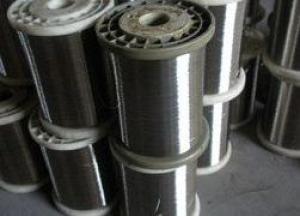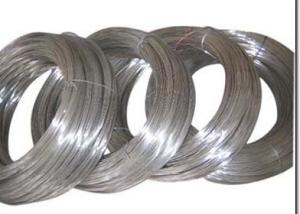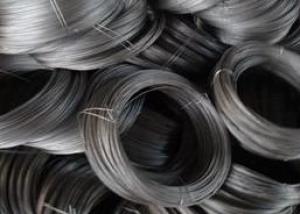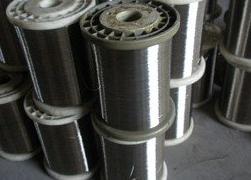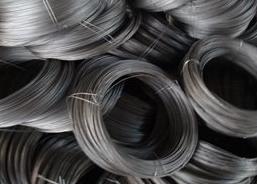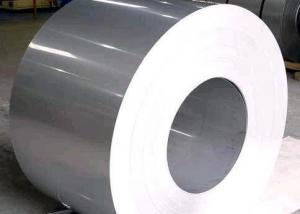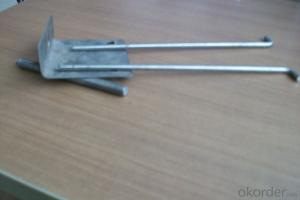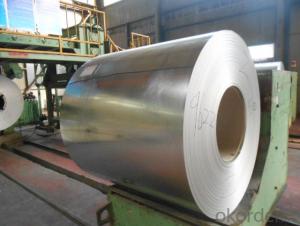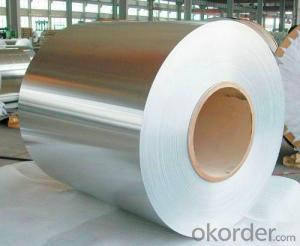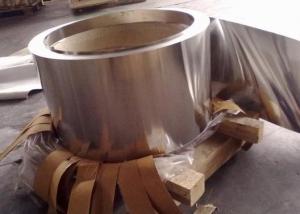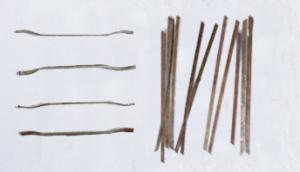201 Stainless Steel Wire
- Loading Port:
- China Main Port
- Payment Terms:
- TT or LC
- Min Order Qty:
- 1 Ton m.t.
- Supply Capability:
- 2000 Tons Per Month m.t./month
OKorder Service Pledge
OKorder Financial Service
You Might Also Like
Stainless Steel Wire
1.Grade: SS 200,300,400 series
2.Dia: 0.1mm-100mm
3.Length:500m-2000m/Reel
4.Surface: Bright
5.Certificate: Fortune 500, SGS, ISO 9001:2008
6.Test: Salt Spray over200 hours
7.MOQ:500kg
8.Delivery: Within 20 days
9.Packing: Reel, wooden box or according to your requirement
10.Payment terms: China Main Port or CIF ANY PORT
11. Application: Tie wire, pins, lashing, forming wire, filters, gaskets, elevators, safety wire, shaped and flat wire, conveyors, jewelry, springs, brush welding, electrical, wire line, craft and many more applications.
|
Main Grades |
C % |
Si % |
S % |
P % |
Mn % |
Cr % |
Ni % |
Mo % |
Cu % |
|
S30400 |
<0.08 |
<0.75 |
<0.015 |
<0.045 |
<2 |
18.05-19 |
8.01--8.25 |
<0.6 | |
|
304H |
0.04-0.1 |
<0.75 |
<0.015 |
<0.045 |
<2 |
18.05-19 |
8.01--8.25 |
<0.5 | |
|
304Hc1 |
0.03-0.05 |
<0.75 |
<0.015 |
<0.045 |
<2 |
18.05-19 |
8.01-8.25 |
1.2-1.6 | |
|
304Hc |
0.03-0.05 |
<0.75 |
<0.015 |
<0.045 |
<2 |
18.05-19 |
8.01--8.25 |
2-3 | |
|
304Hc3 |
0.03-0.05 |
<0.75 |
<0.015 |
<0.045 |
<2 |
18.05-19 |
8.01--8.25 |
3-3.5 | |
|
304ES |
<0.08 |
<0.75 |
<0.015 |
<0.045 |
2-3 |
16.05-17 |
6.01-6.3 |
1.5-3 | |
|
304M2 |
0.05-0.08 |
<0.75 |
<0.015 |
<0.045 |
2-3 |
18-18.5 |
7-8.1 |
<0.6 | |
|
304M3 |
0.05-0.08 |
<0.75 |
<0.015 |
<0.045 |
2-3 |
18-18.5 |
8.01-8.25 |
<0.6 | |
|
304L |
<0.035 |
<0.75 |
<0.015 |
<0.045 |
<2 |
18.05-19 |
8.01--8.25 |
<0.6 | |
|
321 |
0.04-0.08 |
<0.75 |
<0.015 |
<0.045 |
<2 |
17-18 |
8.01--8.25 |
||
|
316L |
<0.035 |
<0.75 |
<0.015 |
<0.045 |
<2 |
16.05-17 |
10.01--10.35 |
2.01-2.2 |
<1 |
|
316 |
0.04-0.08 |
<0.75 |
<0.015 |
<0.045 |
<2 |
16.05-17 |
10.01--10.35 |
2.01-2.2 |
<1 |
|
316LCu |
<0.035 |
<0.75 |
<0.05 |
<0.045 |
<2 |
16-17 |
10-10.5 |
2-2.25 |
|
|
ER316L |
<0.04 |
0.65 |
<0.03 |
<0.04 |
1.0-2.5 |
18-20 |
11.1-12 |
||
|
201CU |
<0.08 |
<0.75 |
<0.015 |
<0.045 |
8-9.5 |
13.05-14 |
4.01-4.25 |
2-3 | |
|
D667 |
<0.08 |
<0.75 |
<0.015 |
<0.045 |
13-14 |
13-14 |
0.7-1.5 |
1.5-3 | |
|
D665B |
<0.08 |
<0.75 |
<0.015 |
<0.045 |
14-16 |
10.05-11 |
<1.2 |
0.5--1.5 | |
|
202B |
0.1-0.15 |
<0.75 |
<0.015 |
<0.045 |
9-10 |
17.05-18 |
4.5-5 |
||
|
D669 |
0.08-1.0 |
<0.75 |
<0.015 |
<0.045 |
14.5-16 |
11-12 |
<1.2 |
0.5-1.5 | |
|
200CU |
<0.08 |
<0.75 |
<0.015 |
<0.045 |
11-12 |
13-14 |
1-2 |
1.5-2.5 |
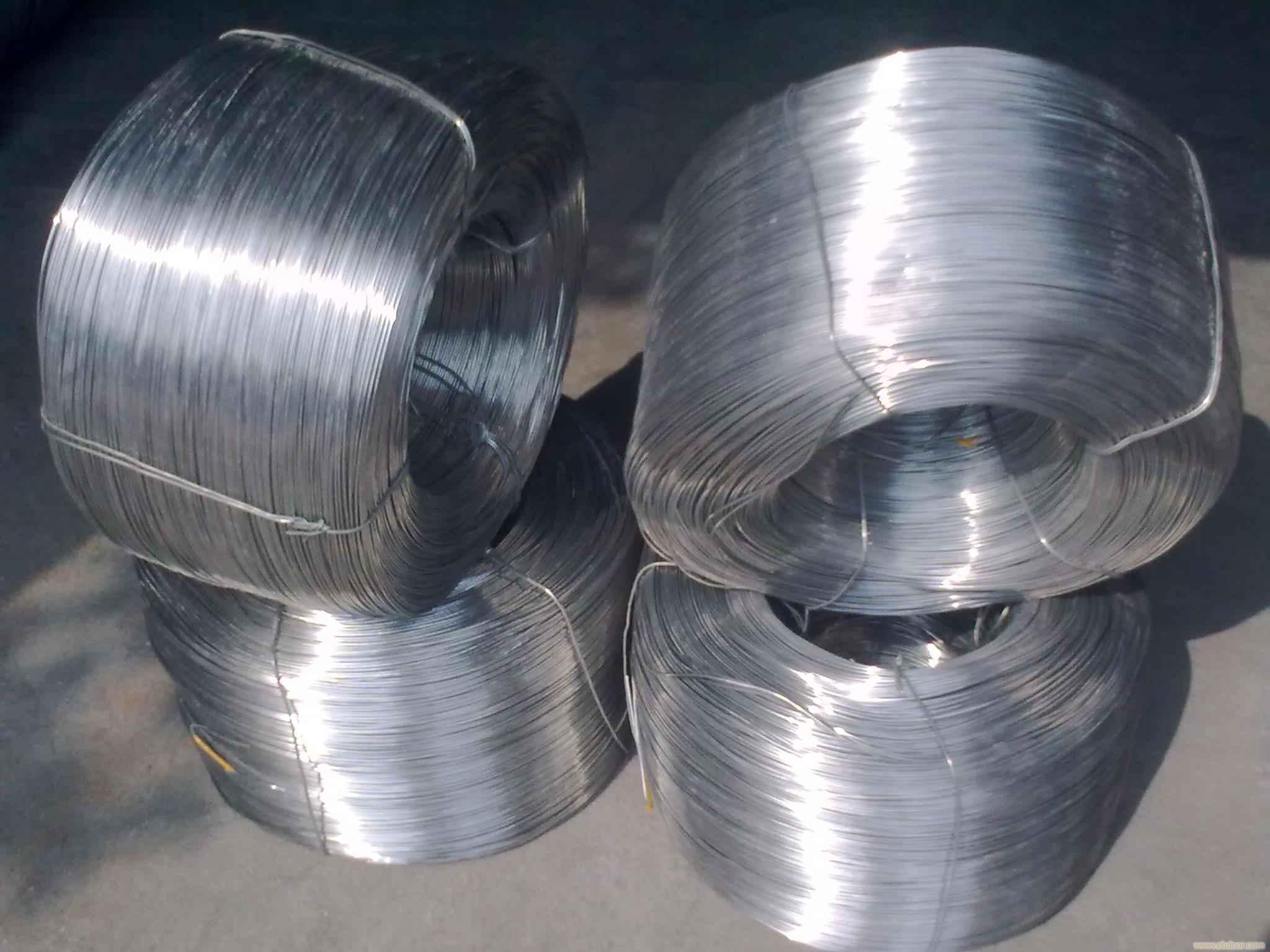

- Q: What are the advantages of using stainless steel wire?
- There are several advantages of using stainless steel wire. Firstly, stainless steel is highly resistant to corrosion and rust, making it suitable for various applications in industries like construction, automotive, and marine. Secondly, stainless steel wire has high strength and durability, making it capable of withstanding heavy loads and extreme temperatures. Additionally, stainless steel wire is non-magnetic, which is beneficial in applications where magnetic interference needs to be avoided. Lastly, stainless steel wire is easy to clean and maintain, making it a cost-effective choice in the long run.
- Q: How are stainless steel wire brushes used for cleaning grills?
- Stainless steel wire brushes are commonly used for cleaning grills due to their durability and ability to effectively remove stubborn grease and food residue. To use a stainless steel wire brush for cleaning grills, it is recommended to preheat the grill first. Once the grill is heated, the brush should be used to scrub the grates in a back and forth motion, applying moderate pressure to remove any buildup. The wire bristles are able to penetrate and dislodge the grime, while the stainless steel construction ensures the brush remains intact and rust-free. After scrubbing, it is important to thoroughly rinse off any remaining debris and clean the brush itself to maintain its effectiveness. Regular use of a stainless steel wire brush for grill cleaning helps to maintain hygiene, prevent cross-contamination, and extend the lifespan of the grill.
- Q: Can stainless steel wire be used for marine applications?
- Yes, stainless steel wire can be used for marine applications. Stainless steel has excellent corrosion resistance properties, making it ideal for use in marine environments where exposure to saltwater and moisture is common. It is commonly used for various marine applications such as rigging, fishing, yacht construction, and marine architectural installations.
- Q: Can stainless steel wire be used for architectural applications?
- Yes, stainless steel wire can be used for architectural applications. Stainless steel is a durable and corrosion-resistant material, making it ideal for use in architectural designs that require strength, stability, and a sleek appearance. Stainless steel wire can be used in various architectural applications, such as wire mesh panels, balustrades, handrails, fences, facades, and decorative elements. Its versatility allows for creativity in design, and its resistance to rust and staining ensures long-lasting performance in outdoor and indoor environments. Additionally, stainless steel wire can be finished in different colors and textures, further enhancing its aesthetic appeal for architectural purposes.
- Q: What are the different diameters available for stainless steel wire?
- The different diameters available for stainless steel wire vary depending on the specific application, but common options range from very thin wires of 0.001 inches (0.0254 mm) to thicker wires of 0.250 inches (6.35 mm) or more.
- Q: Can stainless steel wire be used for wire rope sleeves?
- Yes, stainless steel wire can be used for wire rope sleeves. Stainless steel is known for its excellent corrosion resistance and high strength, making it a suitable material for various applications, including wire rope sleeves. Stainless steel wire rope sleeves are commonly used to create a secure and strong connection between wire rope and other components. They provide protection and support to the wire rope, preventing wear and damage. Additionally, stainless steel wire rope sleeves offer durability and longevity, making them an ideal choice for various industries, such as marine, construction, and transportation.
- Q: What are the different types of stainless steel wire ropes used in aviation?
- There are several types of stainless steel wire ropes used in aviation, including 1x19, 7x7, and 7x19 constructions. These wire ropes differ in their configuration and number of strands, allowing for varying levels of flexibility, strength, and resistance to corrosion.
- Q: Can stainless steel wire be used for heat resistance?
- Stainless steel wire is indeed capable of withstanding high temperatures, thanks to its exceptional heat-resistant properties. This quality makes it suitable for a wide range of applications in environments with elevated temperatures. Its remarkable ability to resist heat without warping or compromising its structural integrity is due to its high melting point, typically exceeding 1370 degrees Celsius (2500 degrees Fahrenheit). Moreover, stainless steel wire finds frequent use in heating elements, furnace components, and other similar applications that demand both heat and corrosion resistance. The fact that it maintains its strength and functionality at elevated temperatures makes it a dependable option for heat-resistant purposes.
- Q: Can stainless steel wire be used in architectural applications?
- Yes, stainless steel wire can be used in architectural applications. It is commonly used for various purposes such as railing systems, mesh screens, decorative elements, and structural components in buildings. Stainless steel wire offers excellent corrosion resistance, durability, and aesthetic appeal, making it suitable for both indoor and outdoor architectural projects.
- Q: What is stainless steel wire made from?
- Stainless steel wire is primarily made from an alloy of iron, chromium, and sometimes other elements such as nickel or manganese. This alloy is known for its exceptional resistance to corrosion and rust, making it an ideal material for applications where durability and hygiene are crucial. The specific composition of the stainless steel wire can vary depending on the desired properties and intended use. The addition of chromium forms a protective layer of chromium oxide on the surface of the wire, acting as a barrier against moisture and preventing oxidation. This results in a wire that is highly resistant to staining, rust, and corrosion, making it suitable for various industries including construction, automotive, medical, and food processing. Additionally, stainless steel wire can be further processed through various techniques such as drawing, annealing, or coating to achieve specific mechanical properties or surface finishes. The versatility and strength of stainless steel wire have made it a popular choice in numerous applications where strength, corrosion resistance, and aesthetic appeal are essential.
Send your message to us
201 Stainless Steel Wire
- Loading Port:
- China Main Port
- Payment Terms:
- TT or LC
- Min Order Qty:
- 1 Ton m.t.
- Supply Capability:
- 2000 Tons Per Month m.t./month
OKorder Service Pledge
OKorder Financial Service
Similar products
Hot products
Hot Searches
Related keywords
